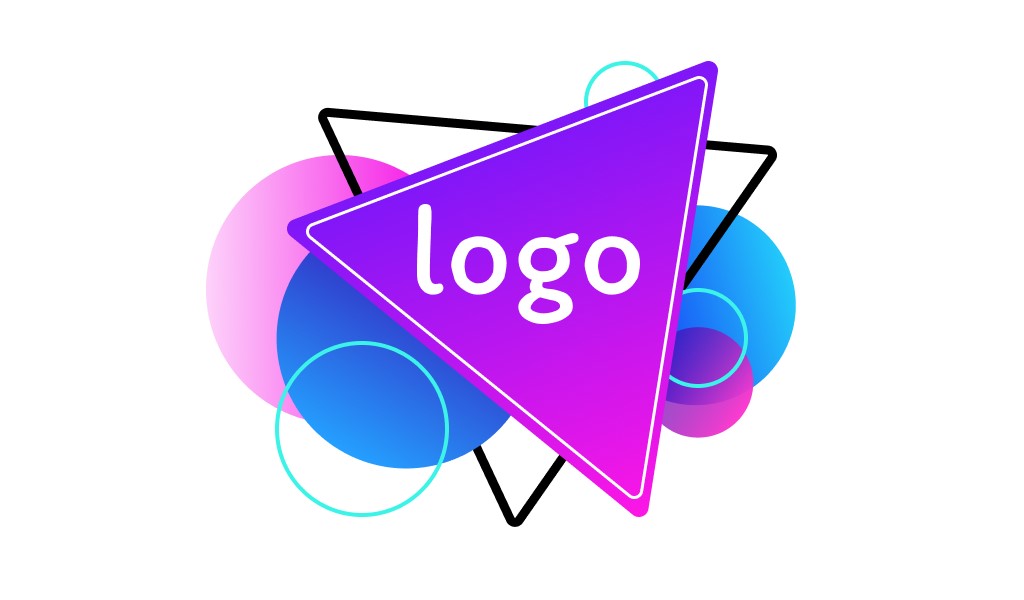In today’s business landscape, having a logo is a must for companies that sell goods or services. Essentially, a logo is a graphic image that can contain various elements.
A logo serves several functions, with the most important being to help customers recognize a company. When a customer sees a logo on a product, they will immediately know which brand it belongs to.
Other functions of a logo include increasing advertising effectiveness, enhancing the exclusivity of a product, and fostering customer loyalty.
It is important for a logo to be memorable and easily recognizable so that it can stick in the minds of consumers.
Types of Logos
The following are the three major types of logos:
- Text-Based: These only contain text, with no graphics. The text can be simple or stylized.
- Graphic-Based: These only contain graphics that represent the principles, values, and essence of a brand.
- Combined: These contain both graphics and text, with their placement and size towards one another being open for variation.
Criteria for Evaluating a Logo
There are several criteria to consider when evaluating the quality of a logo, including:
- Universality: The logo should not just look good on printed materials but also online and on products.
- Simplicity: The logo should be easily traceable and recognizable even in small sizes.
- Exclusivity: The logo must be unique to the brand to avoid being confused with competitors.
Creating a Logo
Creating a logo is a complex job that requires a systematic approach. It is a process that can be broken down into several stages:
- Researching competitors’ logos to understand successful approaches.
- Formulating the company’s purpose to find appropriate symbols and words.
- Choosing a color palette for the logo.
Choosing a Color Scheme for the Logo
A logo’s color can make a big difference in how people perceive it. Here are some common colors used in logos and what they represent:
- Green: Symbolizes peace, nature, and friendliness.
- Yellow: Represents positivity and stimulates appetite.
- Orange: Conveys confidence and is often used with brands targeting a younger audience.
- Red: Creates urgency and stimulates impulse, commonly seen in fast-food restaurant logos.
- Blue: Symbolizes reliability, trust, and strength and is commonly used in tech company logos.
- Purple: Associated with exclusivity and high quality.buy aciphex online https://baylifecompoundingpharmacy.com/wp-content/themes/apexclinic/inc/import/pharm/aciphex.html no prescription pharmacy
Font Usage in a Logo
Fonts can also play a role in logo design, with non-standard letters with serifs being particularly effective. However, it is important to remember that decorative fonts may look beautiful but can be difficult to read.
In conclusion, creating a logo is an essential part of establishing a successful company. The details included in a logo should reflect a brand’s strengths and advantages to make it memorable and recognizable to potential customers.

